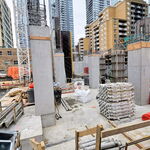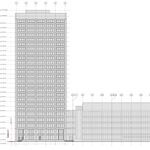MisterF
Senior Member
People in Toronto are unreasonably attached to cardinal directions on subway lines. But the TTC is right to (mostly) phase them out. They might have been okay in the days of two subway lines but they just don't make sense on complex systems. Knowing the cardinal direction is all but useless when navigating a big city with a dozen lines. Navigating by terminal station instead is much easier if you're in a part of the system you're not familiar with. That will increasingly apply to Toronto as more lines are added and as GO lines start to be thought of in similar terms as the subway.Someone wasn't happy about the lack of direction signage at Spadina station (taken Saturday Oct 5th)
View attachment 602737
Torontonians will fight these changes of course. This is a city where people still refer to subway lines as "the north-south line" and "the east-west line".




